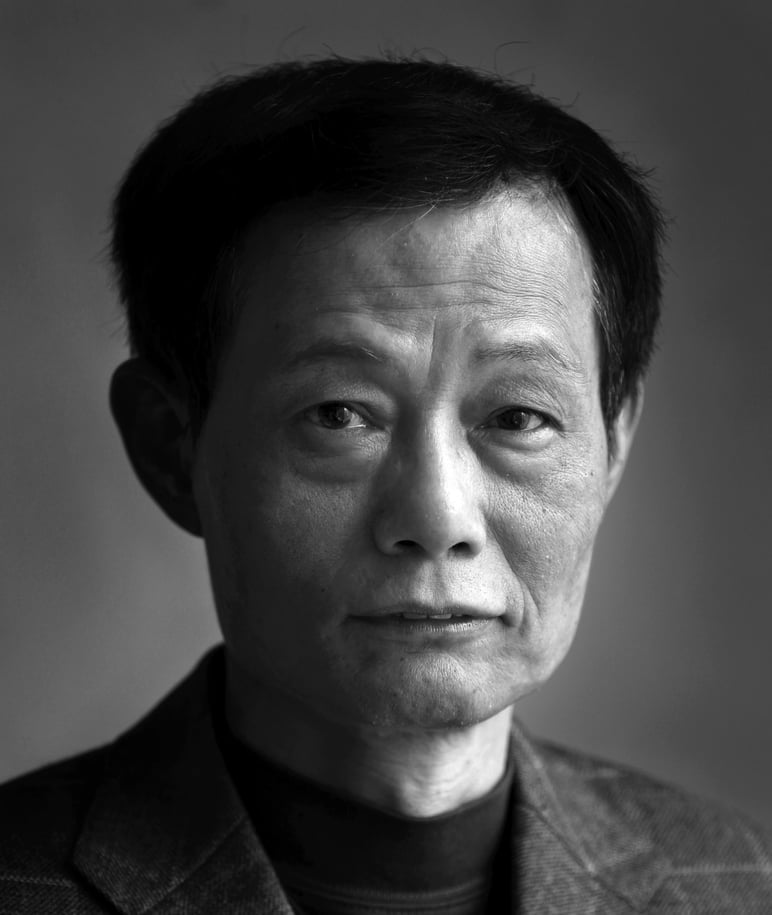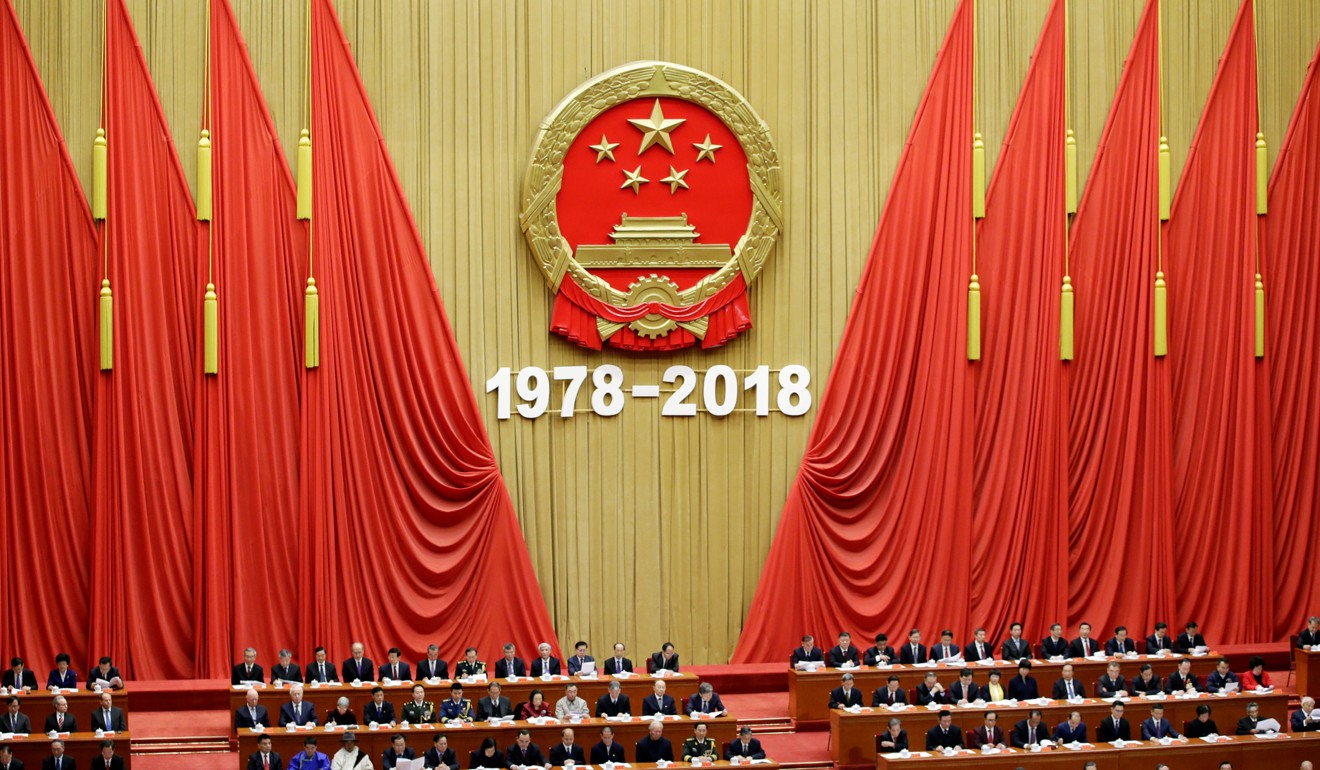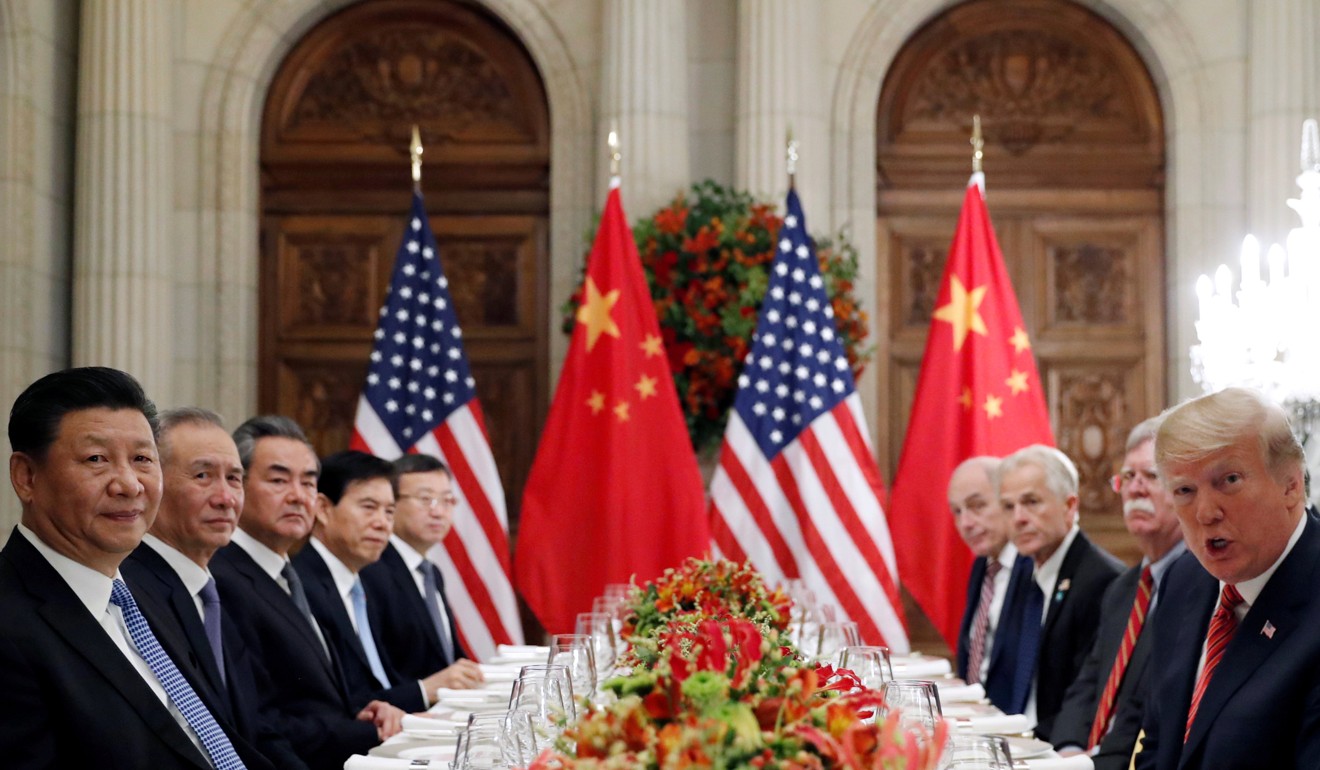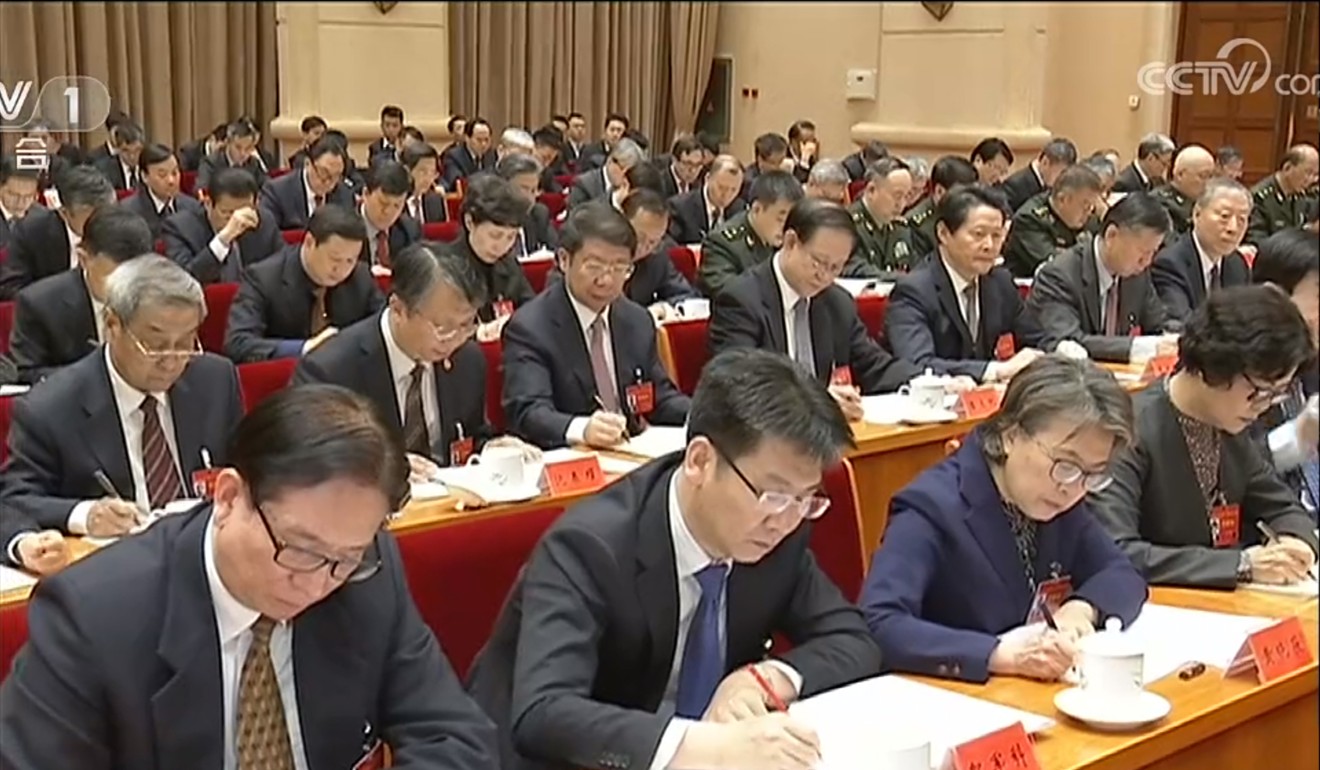
China returns to growth to offset US trade war risk, but is it the right move?
- The annual Central Economic Work Conference, which concluded last week, declared a major shift in focus from the 2017 deleveraging campaign towards a more growth-oriented policy easing
China’s economy has rarely faced such great uncertainty as it does today.
Not only has the world’s second-largest economy been steadily decelerating over the past decade, but it must now grapple with a host of unprecedented internal and external challenges, such as the US trade dispute and alarming levels of off-balance-sheet borrowings by local governments.
That is why the annual Central Economic Work Conference, which concluded last week, declared a major shift in focus, deviating fundamentally from the 2017 deleveraging campaign towards a more growth-oriented policy easing.
Last year’s CEWC laid out a three-year programme to win “critical battles” against financial risk, pollution and poverty, with focus on deleveraging and derisking. This year, however, the three-day gathering landed on a “six-stability” policy, proposed by the top decision-making Politburo, seeking to achieve stabilities in employment, financial markets, trade, investment and foreign investment, and market expectations for 2019.
Sabrina Meng Wanzhou's arrest just a taste of the US-China battle to come
According to an official statement, the CEWC plans to achieve this with a proactive fiscal policy, which includes “larger scale tax and fee cuts”, increased issuance of local government bonds and further “counter-cyclical adjustments” such as increased government spending.

While it pledges to continue its “prudent” monetary policy, the government has deleted the word “neutral” from its policy statement, and called for “appropriately abundant liquidity”.
Policymakers had apparently asked for moderate monetary policy easing, with possible measures to achieve overall growth in M2 supply. They might also include multiple cuts to banks’ reserve rate requirements, more use of liquidity facilities, rebound of overall credit growth and lower market interest rates.
Forget Trump-Xi trade war truce, the US-China rivalry is just getting started
Beijing’s revised policy stance comes as economists forecast China’s growth might be slowing to around 6 to 6.2 per cent next year from the estimated 6.6 per cent in 2018. They also see a significant decline in both consumer and investor confidence due to US-China tensions.
China’s economic growth has already slowed to 6.5 per cent in the third quarter, the lowest rate since the first quarter of 2009, in the wake of the global financial crisis.

November 2018 activity data further confirmed the downward trend.
China’s year-on-year industrial production growth falling to 5.4 per cent from 5.9 per cent in October; fixed asset investment growth eased to 7.7 per cent, after 8 per cent in October; export growth fell sharply to 5.4 per cent from 15.5 per cent in October, largely due to front-loading before next year’s likely US tariff rate increase; and China’s retail sales slowed to 8.1 per cent, from 8.6 per cent in the previous month, with auto sales plunging 10 per cent year-on-year.
Stuck between US and China heading for war, Asia's no safe place to be
China’s policy stimulus approach towards economic perseverance comes as US-China trade negotiations near the midway point of a three-month tariffs truce, which expires at the end of February. But with tensions being tested by events such as the arrest of a Huawei senior executive in Canada on the behest of the US, the trade talks seem just as likely to result in failure, as they are to succeed.
If indeed the negotiations fail, the biggest question that Chinese policymakers simply cannot answer at this point is how much stimulus will be needed to offset the negative impact of a likely full-blown trade war.

The fiscal stimulus and loosening of monetary policy will mean China will again pile up debt, reversing its campaign to clean out debts accrued between 2015 and mid-2018 and jeopardising the achievements of the three-year-long deleveraging and derisking drive.
Re-leveraging to support pro-growth measures may reduce the short-term volatility in markets, but it will increase the medium and long-term risk for the world’s largest developing economy, which is at a critical stage of its transformation.
Instituting such policy frameworks may also help create a self-reinforcing cycle of lower spending in both consumption and investment, which would decelerate rather than accelerate economic growth. For instance, the stimulus measures installed in August have seemingly failed to lift pessimistic market sentiments, with Chinese stock and currency prices continuing their decline despite government efforts.

And considering the sheer complexity of managing the domestic and external factors currently encircling the Chinese economy, the likelihood of a policy misstep will become far greater.
Either way, China’s policymakers now face a choice between short-term economic stabilisation and long-term economic health amid headwinds. In other words, between government intervention and market liberalisation.
As we have often seen that in the trade-offs between growth and reforms, the government is more often inclined to support growth out of political consideration, as the communist leadership sees stability as its top priority of rule.
However, substantive reforms and a further opening of the domestic market may be more instrumental to boosting growth as it would help shore up confidence – the most critical element in a free market. ■
Cary Huang, a senior writer with the South China Morning Post, has been a veteran China affairs columnist since early 1990s

